Based on how Proton have handled the X70 in both original CBU and in facelifted CKD form, it’s quite likely their upcoming “X50” B-segment crossover will be pretty similar in design to the original Geely Binyue. The Proton X50 will hit the Malaysian market and take on soon-to-arrive vehicles like the Kia Seltos and perhaps even the Yaris Cross if UMW Toyota decides to bring that to market. It will also have established crossover rivals from Honda and Mazda to take care of. We think Proton should continue the same policy it started with the X70 – leave the design as untouched as possible, and just work on localisation, manufacturing and the perfecting the right-hand-drive conversion.
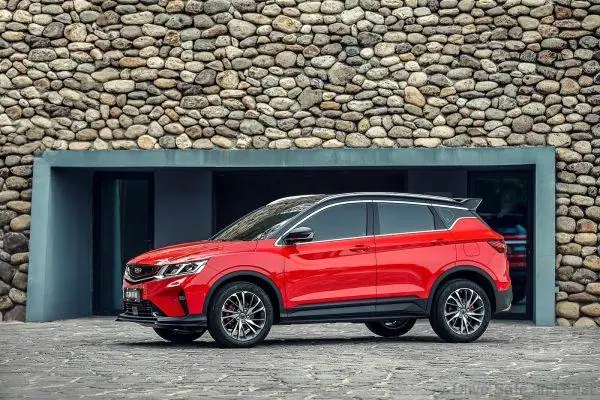
That’s because the Binyue benefits from having a truly international, youthful and professional design team based in Geely’s Shanghai studio. Geely’s aesthetic for the Binyue is called “Racing through Time”, which draws inspiration from self-confident young urban dwellers who dare to challenge themselves every day.

“Our design studio is like the United Nations – we have over 21 nationalities, and on a daily basis at our Shanghai studio, I hear Malay, Chinese, Swedish, French, German, and of course English conversations,” says Guy Burgoyne, Head of Geely Design China.
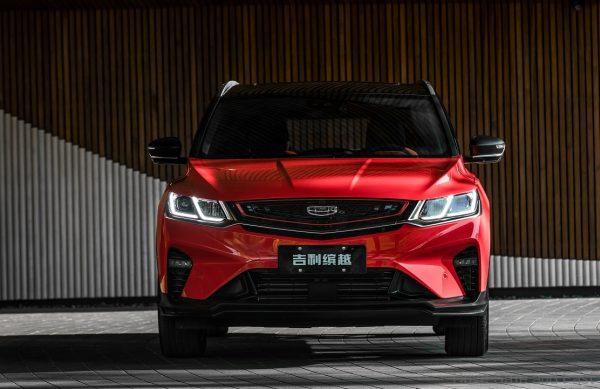
One aspect that we think Proton will have to tweak is the grille. On the Binyue (and the Coolray, as it’s known in the Philippines), the front grille builds upon the Cosmos Grille, adding a little twist by incorporating chrome and red coloured elements for a sophisticated look. The X70’s Infinite Weave grille with three layers or perhaps even 2 layers as seen on the Persona and Saga will probably be how Proton proceeds with the X50.
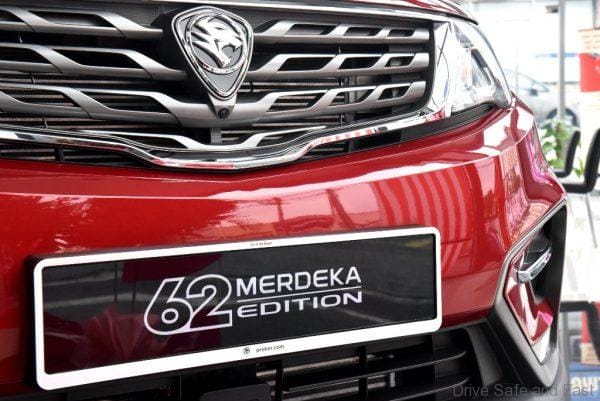
When designing the Binyue, the Geely design team were guided to give the car the familiar family look, but to emphasise its own unique personality and styling to make it easy to identify.

“We aim for our cars to have different themes based on a core style… The front is sculpted to have bold volumes that give off a strong 3D effect. The hood features a strong power bulge that narrows towards the front, focusing in on the Geely badge. The surfaces and curves feel rich and premium to give off a quality feel,” explained Jamie Barett, the Lead Designer on the Binyue/Coolray.
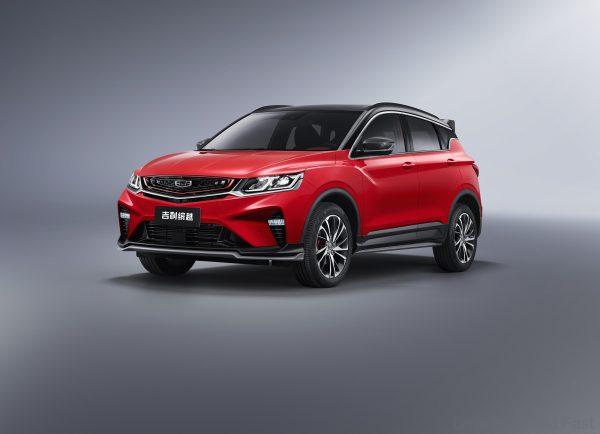
Based on their handling of the X70, we don’t think Proton will modify the following design aspects:
- A satin chrome wing connecting the front haunches to the D-pillar visible through the side profile view
- Carbon fiber elements on the front and rear bumpers
- A “suspended roof” design towards the rear of the car

“This is inspired by aircraft wing stabilizers, to simulate cutting through the air with precision and create a floating sensation,” says Jamie.
The aero-inspired spoiler and jet thruster-like twin exhausts build on this theme and help give the Coolray its playful, sporty feeling. Inside, the aviation theme continues right down to the two side air vents, again inspired by jet engines.

In the Proton X70, the interior is barely modified besides swapping speakers, a few badges (and the housing for these badges), some digital animations, logo imprints. It’s possible that the X50 will undergo a similar minor transition. In which case, we can look forward to a 10.25″ floating control panel.
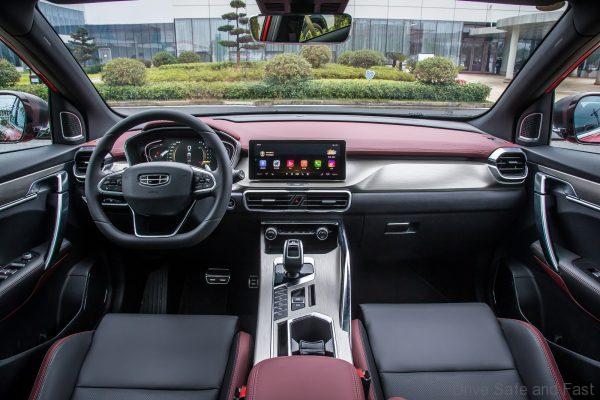
There is one aspect we feel Proton should weigh in on. In daylight, the decorative trim pieces on the dashboard show a pattern inspired by orbiting planets. At night, the pattern resembled the expanding Cosmos Grille theme. Given the Cosmos Grille is a Geely design signature, we feel Proton should redesign this to better fit either their Ethereal Bow or Infinite Weave grille elements. There are also red elements in the dashboard that Proton might want to leave out or recolour as Malaysian customers tend to opt for a more conservative colour palette. Perhaps brown, like in the Coolray or the lighter shade of brown on the X70 will be used instead.
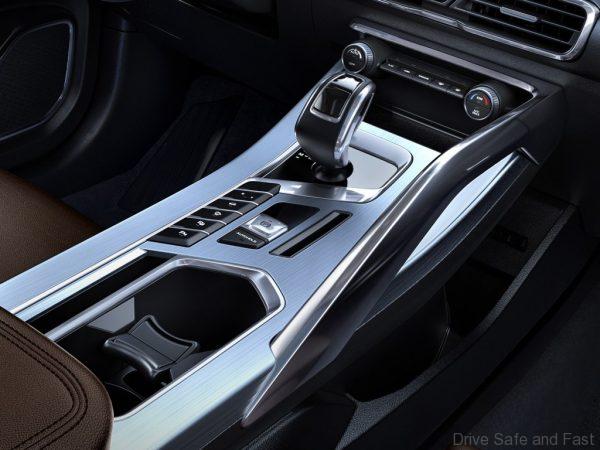
Otherwise, X50 owners have a rather brilliant cabin to look forward to. Here’s how the Interior Designer, Mei Song describes it:
“The layout of the driving area adopts the design style of a cockpit, expressed in a lighter and more dynamic way, bringing sheer driving pleasure to the driver. The expansive cabin space was created using seamless layered architecture. For example, the horizontal theme extends from the instrument panel all the way to the door panel, making the visual look wider.”